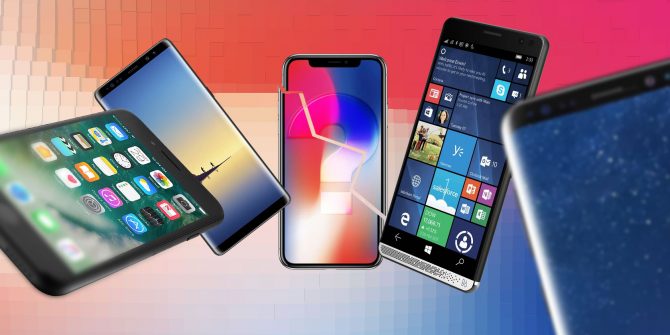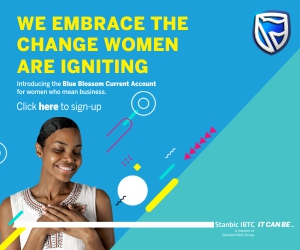GRTech
Sure Ways to Charge Your Smartphone Quicker


By Ogunfowoke, Adeniyi Ayuba
You’re about to head out the door, but your phone desperately needs some extra juice before you leave. Thankfully, you can charge your phone faster … if you can separate truth from myth. If you remember your high school physics, electricity is measured in watts, which is a product of voltage (in the number of volts) and current (in the number of amps).
Some chargers supply more voltage or amperage than others, meaning they will charge your phone faster (as long as your phone supports it — it will draw only as much power as it knows it can handle).
Here are some guidelines to follow to charge your phone as fast as possible.
Plug Into the Wall, Not a PC
Your laptop may be close by, but if you want to charge your phone as fast as possible, you’ll want to plug it into a wall outlet.
The USB ports on your PC will charge your phone but may be rated for only 0.5 amps, compared to the one-amp (or higher) charger that came with your phone. So go find that charging brick and plug your phone into a wall outlet instead.
Use a High-Amperage Charger
Not all chargers are created equal, either. For example, iPhones come with Apple’s small five-volt/one-amp power bricks, while iPads come with larger five-volt/2.4-amp bricks (though some older ones are five-volt/2.1-amp). If you plug that iPad charger into an iPhone, however, it will draw more power — provided it’s a relatively modern iPhone.
Some older iPhones may not be able to use more than one amp, while others (like the iPhone 6) will pull around 1.6 amps from that iPad charger.
Your phone will pull only as much current as it knows it can handle, so you don’t need to worry about damaging your phone as long as you use a quality charger from a trusted brand. That also means that the amount of time you save depends on your phone, its battery size and how much power it can draw.
Use a Compatible Fast Charger
Here’s where things get really confusing. You can get even more juice by using a special “fast charger” that increases the amperage and the voltage … if your phone supports it.
There are a few different fast-charging standards, however, and not every phone will charge quickly with every fast charger out there. Many phones use Qualcomm’s Quick Charge standard or some rebranded variant of it. And in those cases, the chargers are interchangeable.
Skip wireless charging
Wireless charging, while convenient, hasn’t reached the same heights as the latest wired chargers. Even “Fast Charge” wireless chargers, which charge more rapidly than standard wireless chargers, will take significantly longer to charge your device than a high-amperage charger like the iPad’s. For lounging around the house or even at the office during the day, wireless charging is great — but if you need power quickly, skip the pad and plug your phone in.
Don’t Worry About Switching Your Phone Off (or to Airplane Mode)
You may have heard that your phone will charge faster if you turn it off or put it in airplane mode. This seems logical: After all, if your phone is using less battery, then it will charge faster, right? In practice, though, this usually doesn’t make a big enough difference to be worth it. So even if it does charge your phone faster, it won’t save you nearly as much time as any of the above methods will provide, and it’s probably not worth the inconvenience of keeping your phone off for all that time.
-



 News4 days ago
News4 days agoNiger State Attack: Mohamed Malick Fall Calls for Protection of Civilians, Schools
-



 GRPolitics2 days ago
GRPolitics2 days agoINEC Clarifies Claims on Labour Party Access Code for 2026 FCT Area Council Elections
-



 Startups3 days ago
Startups3 days agoMGX Research Founder Nnaemeka Ani Outlines a New Era of African Innovation
-



 News2 days ago
News2 days agoKidnappers kill Abuja-based Lawyer Princess Nwamaka Chigbo






